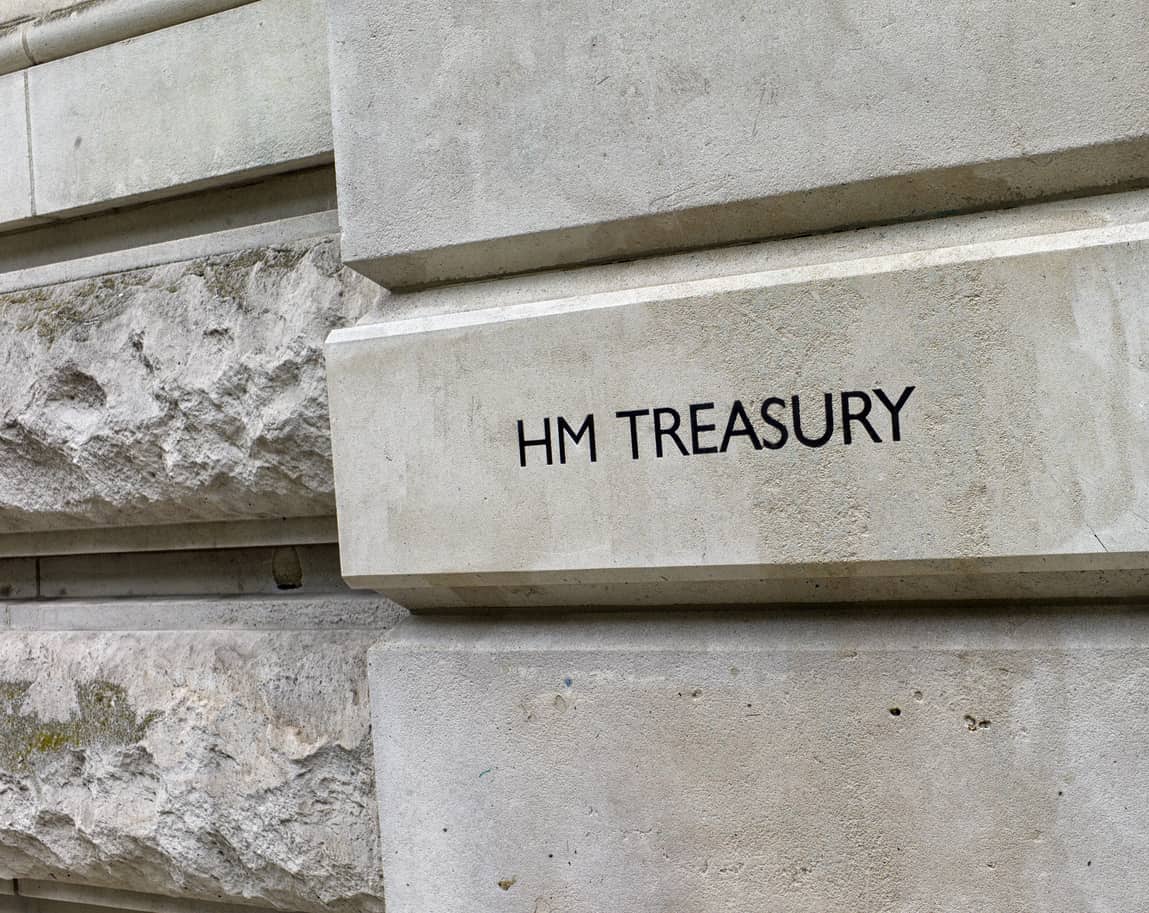We set out the scale of opportunity, or loss of, when measuring up against the UK Government’s targetBetween the Autumn Statement of 2016 and the Autumn Budget of 2017, the UK Government pledged an additional £7bn for research and development to be allocated over the period of 2017 and 2021. This was the largest commitment of its kind for 40 years and was a clear indication that the current Government was serious about supporting R&D, in the attempt to increase UK research intensity to 2.4% of GDP by 2027. CaSE has undertaken a significant volume of analysis to attempt to quantify the R&D investments that would be required to deliver this target.
What happens if the UK falls behind the Government’s R&D investment target?
29 May 2019

Our work has shown that the UK, as a whole, would need to invest £65bn in R&D in the year of 2027/28, a huge increase from £35bn in 2017/18. This significant uplift requires buy in from both the public and private sectors, and we have used analysis on the relationship between public and private R&D investment to model how public investments can ‘crowd-in’ private investments. Based on this model, we are recommending that the Government invests an additional £20.2bn over the next five years that could be covered by a comprehensive spending review (2020/21 to 2024/25). We believe this is the scale of investment required to make sure that the Government is on track to meet its own target by 2027. This is roughly treble the commitments that have already been made, and could help to attract an additional £27.5bn in private sector R&D investments over the next 15 years.
Using our projection modelling, we wanted to outline scenarios in which UK Government investment in R&D did not match up to our recommendations. The first scenario would be for the UK Government to increase public R&D investments in line with those that were made over the last few years, to be delivered through the National Productivity Investment Fund (NPIF). In the graph below, we set out these increases until 2027, along with our recommended trajectory to reach the 2.4% target

In this scenario, UK research intensity would increase its expenditure on R&D to 1.96% of GDP in 2027/28, far below the Government’s target. By the end of the period that could be covered by the next comprehensive spending review, 2024/25, the UK would be £6.5bn short of where we recommend it should be. This scenario would represent progress, but ultimately would mean the UK would find it almost impossible to meet the Government’s target by 2027.
A scenario that we certainly hope will not happen, is if no additional public investments are made in R&D in the next spending review.

As the graph shows, the UK would fall substantially behind the Goverment target, such that the UK’s research intensity would actually decrease to 1.67% of GDP in 2027/28. In the year of 2024/25, the UK would collectively be £12bn behind where we recommend it needs to be. This would see the UK make no progress towards the Government’s target, and likely fall even further behind competitor countries in the OECD.
Related resources

CaSE’s analysis of the 2024 Spring Budget.

The Office for National Statistics have released the latest business enterprise research and development data for the UK in 2022.

Read CaSE’s representation to HM Treasury for Spring Budget 2024.

DSIT released a series of announcements as it marked its first anniversary on 9th February 2024. Below we take a look at some of these updates.